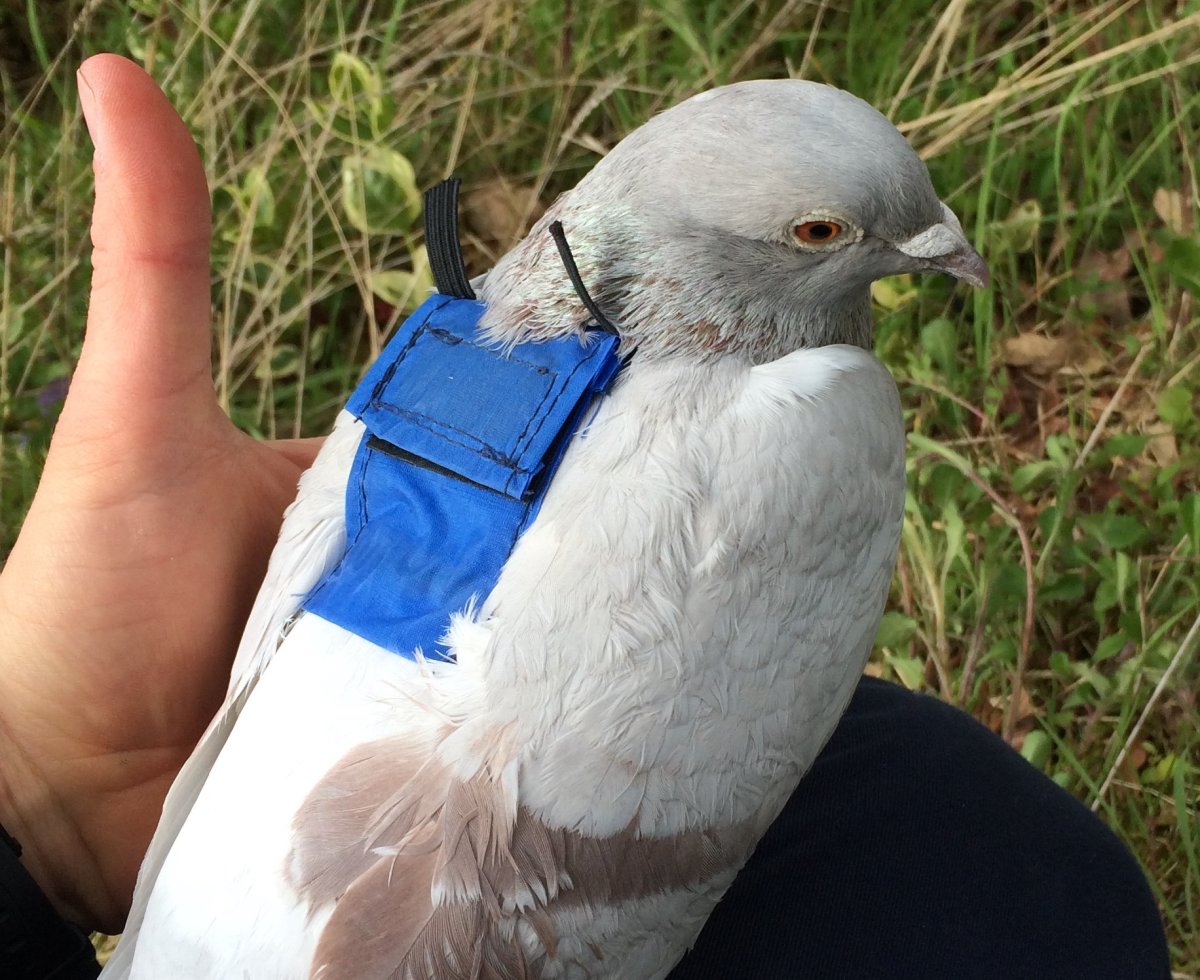Recent tests have conclusively proven that carrier pigeons are more efficient at transmitting data than Internet networks. One caveat: this statement is true if the distance between the points of reception and transmission does not exceed 500 kilometers. For example, during an experiment conducted in 2009 in South Africa, 4 GB of data was delivered by carrier pigeons over a distance of 100 km faster than over a local data transmission network using the ADSL protocol. The pigeon took two hours to deliver the memory card, and only 4% of the data was transferred over the network in the same time.
The representative of the community of bloggers Jeff Gerling announced the results of the analysis of this experiment. According to his calculations, in theory, specially trained pigeons at a distance of 500 miles can cope with data transmission faster than modern gigabit networks based on optical fiber. Gerling was based on the fact that one bird is able to comfortably carry three drives with a capacity of 1 TB each.
gigabit networks based on optical fiber. Gerling was based on the fact that one bird is able to comfortably carry three drives with a capacity of 1 TB each.
The pigeon mail shipment from St. Louis to Nova Scotia, which included copying the data to drives, flying and copying it back to a PC, took 6 hours and 53 minutes. Transferring the same amount of information over a gigabit network took 10 hours and 54 minutes. When used as a “pigeon” jet aircraft flying at 550 miles per hour, the delivery of information can be faster at a transmission distance of 5000 miles.
Understanding the difference between “bandwidth” and “transfer speed”, Amazon, for example, still maintains its cloud service by transporting gigantic amounts of data in trucks. The big disadvantage of “pigeon mail” is that the delivery of messages can only be organized between two points. With the help of Internet networks, information can be transmitted to any corner of the world.

